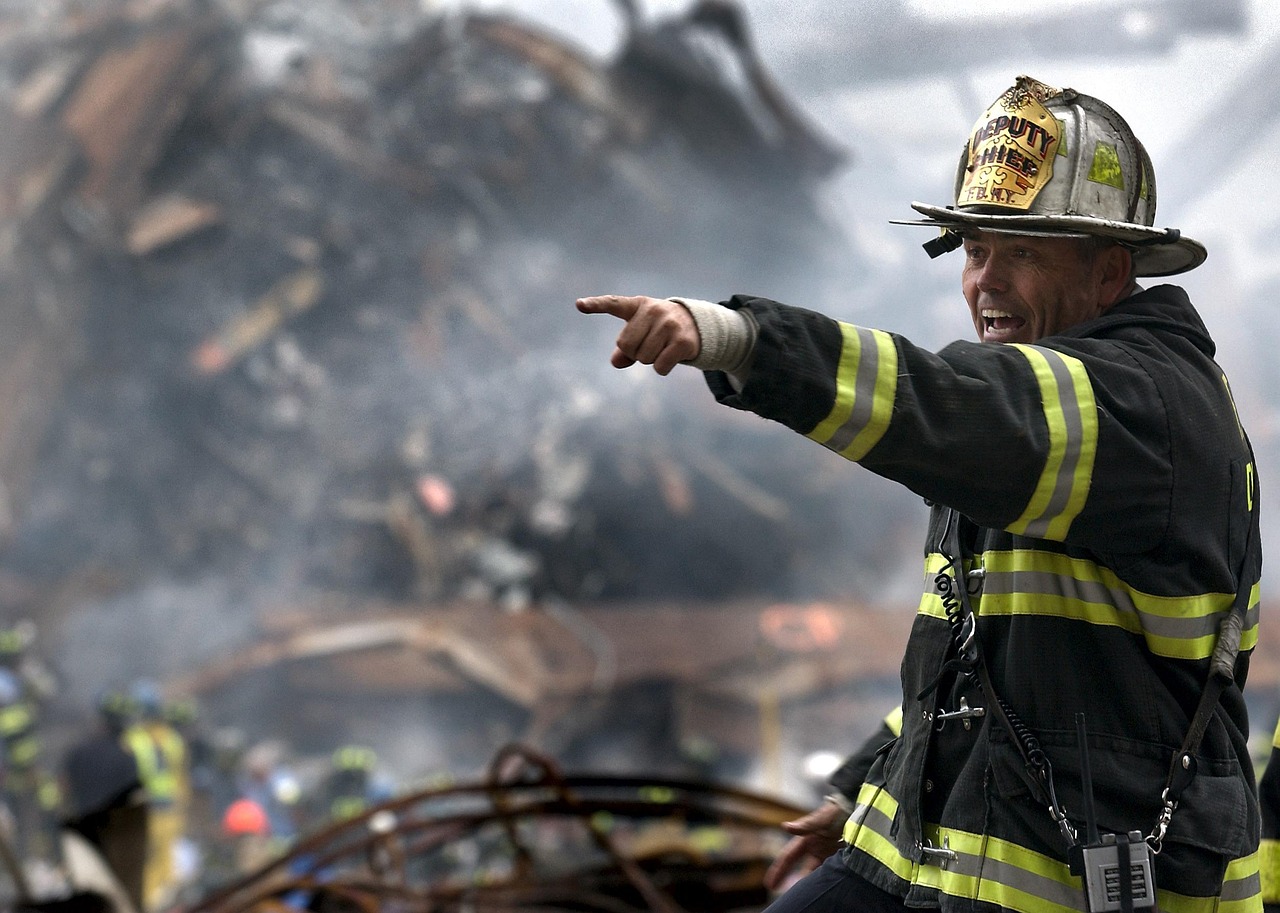When the unexpected happens, hesitation can be dangerous. Your Family Has 10 Minutes to Survive. Are You Ready?”
Families that make it through tough times don’t just cross their fingers and hope for the best—they strategize. Whether Mother Nature is throwing a tantrum, the power grid is flickering out, or society is teetering on edge, having a rock-solid plan separates survival from struggle.
Step 1: Identify Your Greatest Threats Before They Happen
Disasters don’t play fair and don’t come with a schedule. What you’re up against depends on where you live, how prepared your community is, and what kind of curveballs life throws your way. Think local instead of a generic survival guide —are hurricanes your biggest threat? Wildfires? The silent chaos of a cyberattack? The sharper your focus, the stronger your plan.
Action Items:
✅ Dig into government disaster response guides for your region.
✅ Make a list of potential threats and prioritize them.
✅ Locate critical resources—shelters, hospitals, emergency supply hubs.
Step 2: Build an Unbreakable Family Communication Web
When the world turns upside down, the first thing to crumble is communication. Phones? Might not work. Internet? Say goodbye. Your family needs a failproof way to stay connected, no matter what.
Action Items:
✅ Assign an out-of-state contact to relay messages.
✅ Set up emergency meetup spots—one close, one far.
✅ Teach every family member how to use emergency radio channels.
✅ Print a hard copy of important numbers—because your phone battery won’t last forever.
Step 3: Stock a Survival Kit That Can Handle the Worst
Ask any seasoned survivalist, and they’ll tell you—the first 72 hours of a crisis are the most brutal. You either have what you need, or you don’t. No one’s coming to save you right away.
Your Must-Have Survival Gear:
✔ Water – A gallon per person per day, minimum.
✔ Food – Non-perishables packed with energy—think protein bars, dried fruit, and canned goods.
✔ First Aid – Bandages, antiseptics, pain relievers, and any daily meds your family relies on.
✔ Light & Power – Solar or crank flashlights, backup batteries, and if you can, a portable power bank.
✔ Multi-Tool – A Swiss Army knife? Good. A rugged survival tool? Even better.
✔ Cash – ATMs could be useless. Cold, hard bills will still work.
✔ Vital Documents – IDs, insurance policies, medical records—all in a waterproof bag.
Step 4: Know When to Run vs. When to Hunker Down
Some crises demand a fast escape, while others require locking down and waiting it out. Your family should know the difference and be ready for both.
Evacuation Musts:
✔ Every family member (and pet!) has a packed “go-bag.”
✔ At least three exit routes planned in case roads are blocked.
✔ A meeting point far from the danger zone.
✔ Up-to-date knowledge of public shelters and alternate escape paths.
Shelter-in-Place Essentials:
✔ A two-week supply of food and water, stored safely.
✔ A designated safe room—secure, well-stocked, and protected from outside threats.
✔ Backup power sources—solar chargers, generators, or a battery bank.
✔ Reinforced entry points—because looters and desperate people are real risks.
Step 5: Train Like It’s Real—Because One Day, It Will Be
Having a plan isn’t enough. Stress makes people freeze—unless they’ve drilled their response into instinct. Practicing now means reacting faster when it counts.
Run These Scenarios:
✔ Fire drill – Can everyone exit in under two minutes, blindfolded?
✔ Earthquake response – Do you know the safest spots in your home?
✔ Blackout simulation – Can your family function for 24 hours without power?
✔ Stranger safety – Have your kids rehearsed what to do if approached by someone unfamiliar?
Step 6: Stay Sharp—The Best Plans Evolve
The world changes fast, and so do the threats. The families that stay ahead are the ones who never stop refining their strategy.
How to Keep Your Plan Fresh:
✔ Sign up for local emergency alerts and pay attention to them.
✔ Rotate emergency supplies—food expires, batteries die, and gear breaks.
✔ Review your plan twice a year—new threats emerge, kids grow, circumstances shift.
✔ Teach survival basics—water purification, fire-starting, and reading warning signs aren’t just “prepper” skills. They’re life skills.
Final Thought: Readiness Is Power
Nobody wakes up expecting a disaster—but when it comes, being unprepared isn’t an option. The difference between fear and confidence? Action. Get your family on board today, and when the unexpected arrives, you’ll be ready—not just to survive, but to lead.
